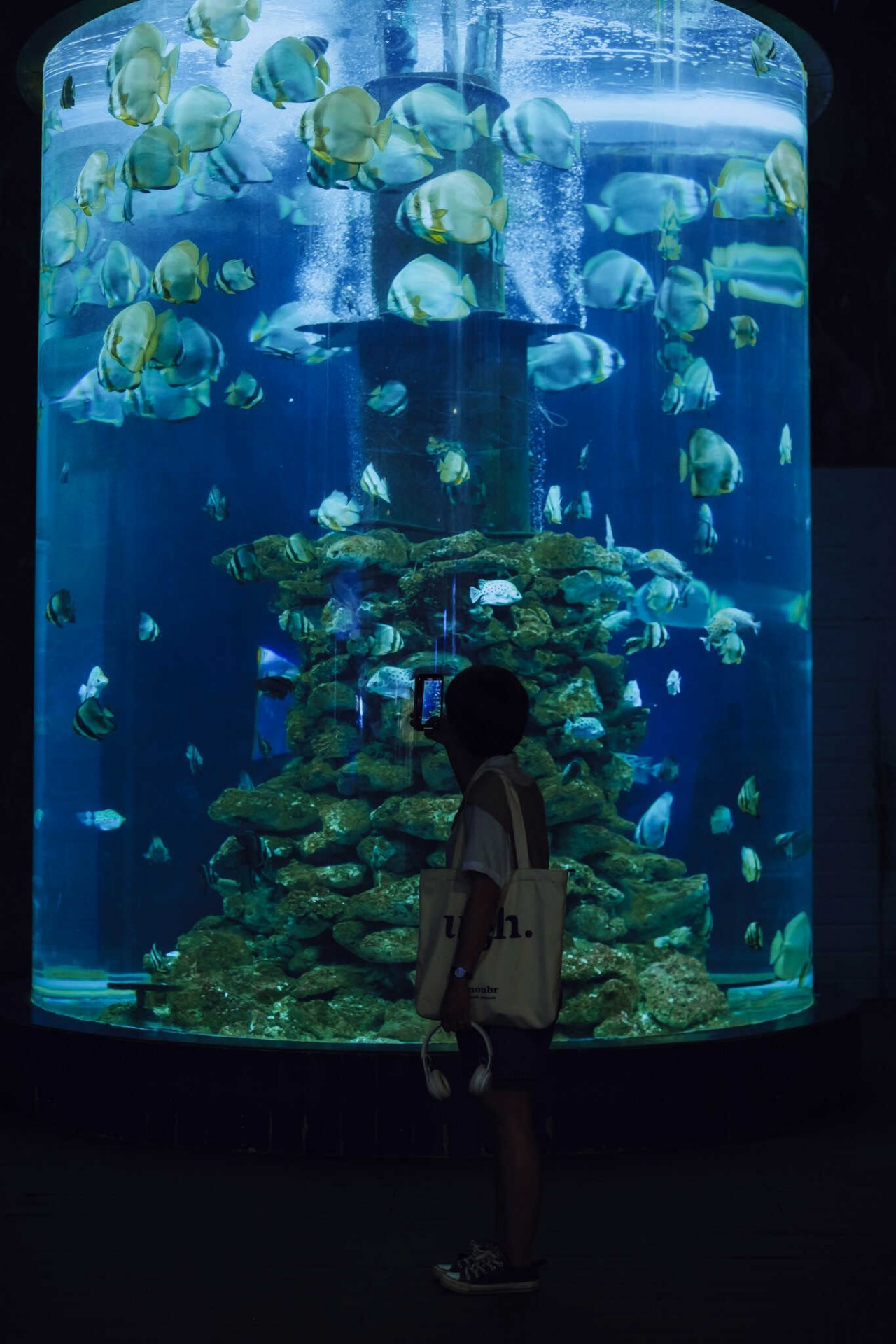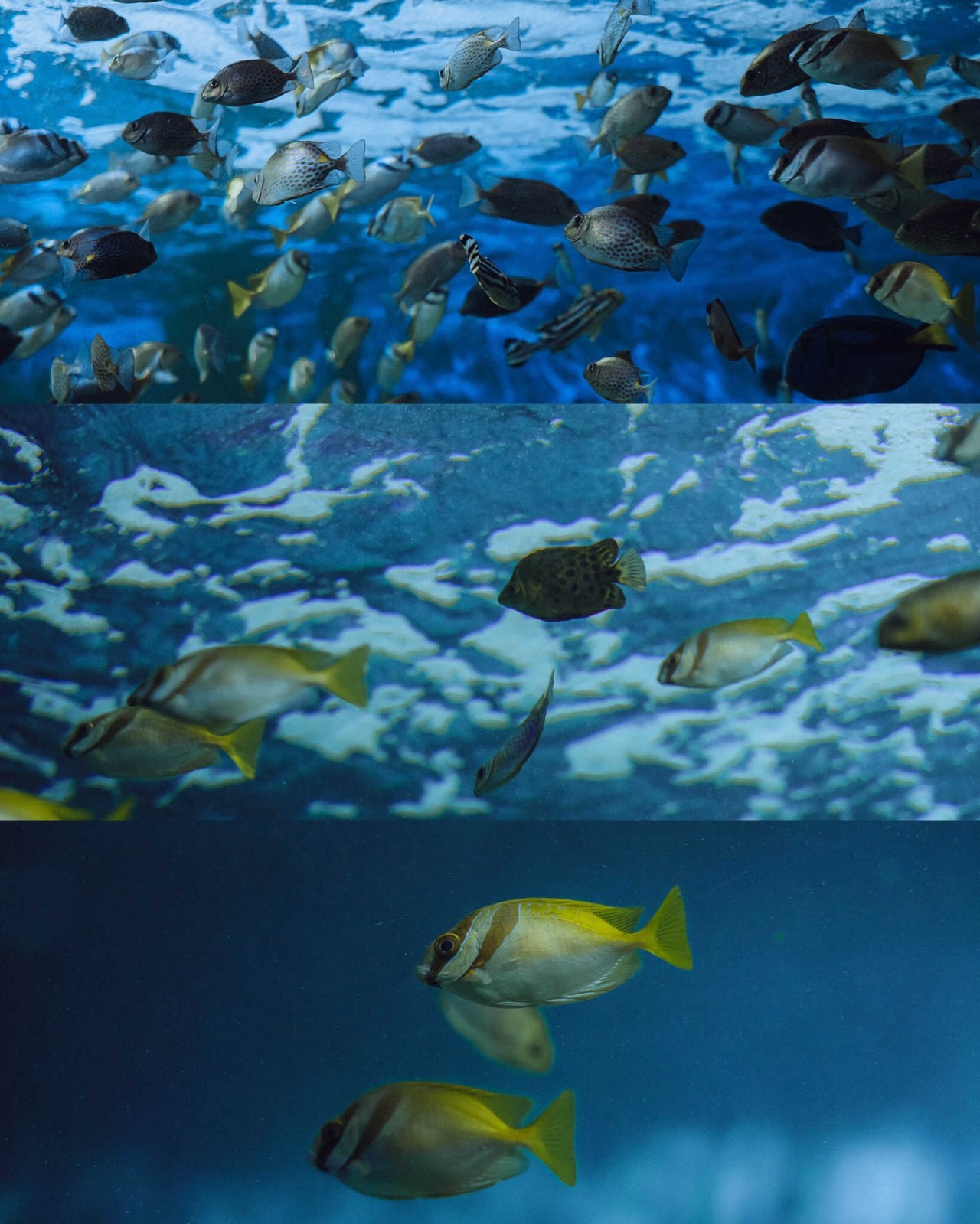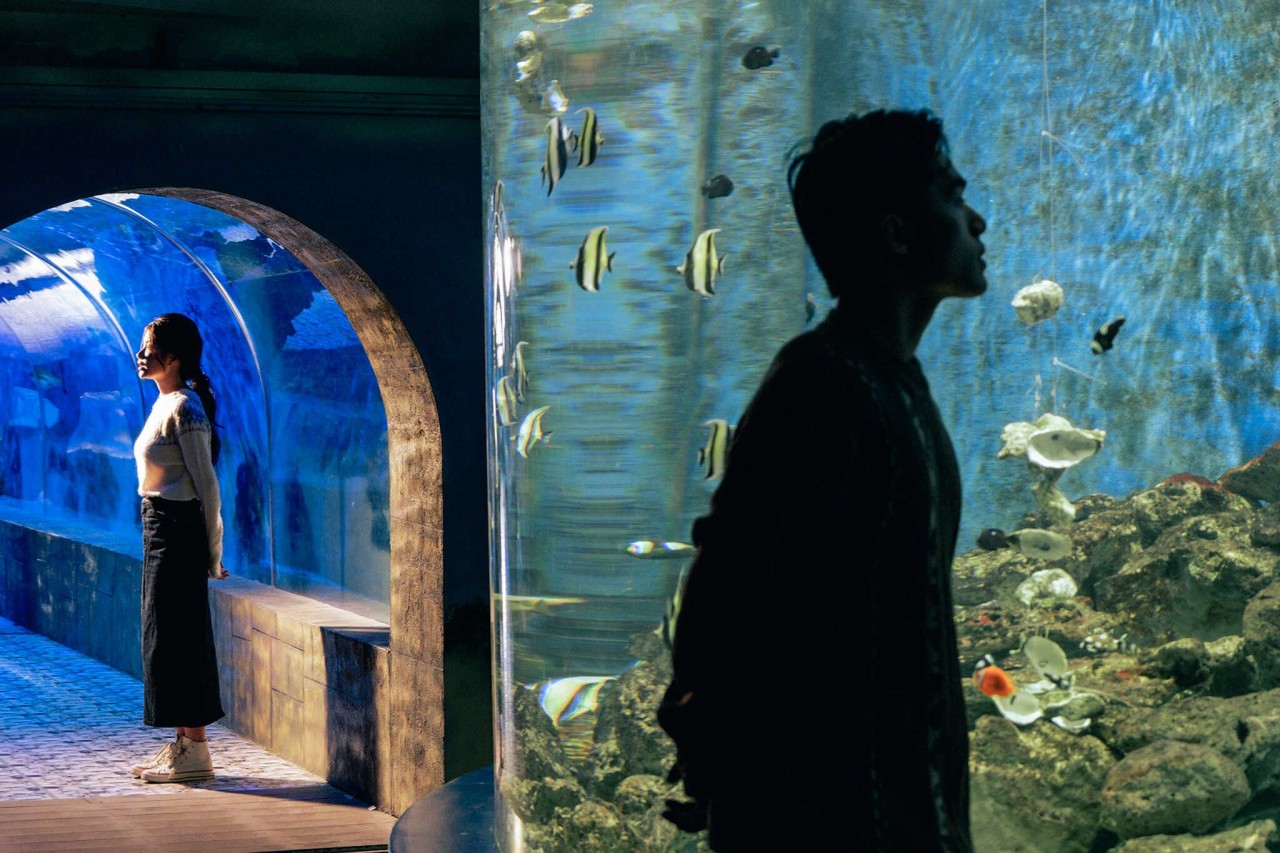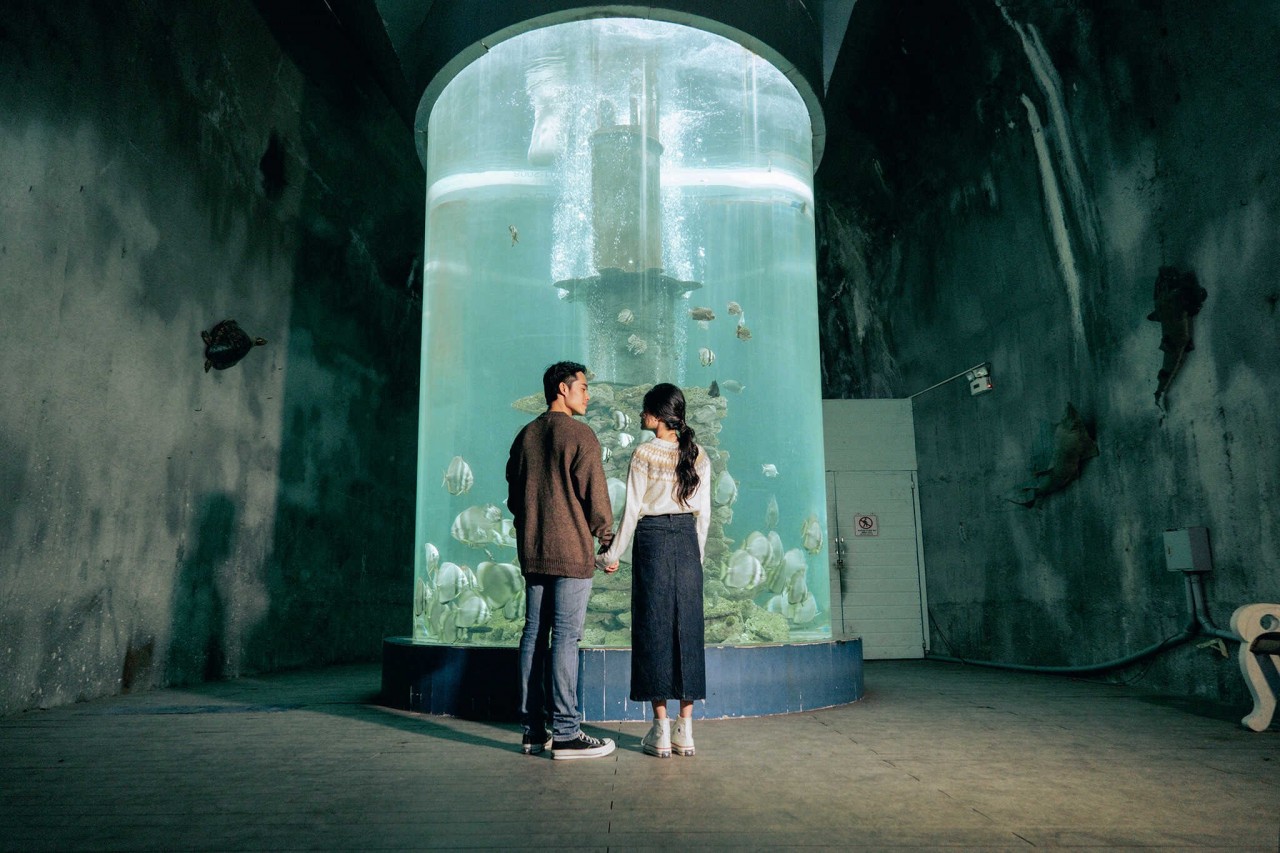The Museum of Oceanography is located at 1 Cau Da St., next to Cau Da Wharf, approximately 6 km from the center of Nha Trang, Khanh Hoa province, Vietnam. It is strategically positioned near international waters and boasts the country’s deepest coastline.

|
| The 100-Year-Old Oceanography Museum In Nha Trang. Photo: Institute of Oceanography |
Established in 1922 as the Indochina Fisheries Oceanography Department, the Institute of Oceanography has become a leading marine research and archival facility in Vietnam and Southeast Asia. It is part of the Oceanography system of specialized research institutes under the Vietnam National Center for Natural Science and Technology. The institute focuses on population development for research, tourism, and education on the protection of marine species.
The Institute of Oceanography is situated on high ground near the Cau Da port and covers an area of 20 hectares. The Oceanographic Museum, located within the campus, is a major attraction for visitors.

|
| The colorful types of fish in the museum. Photo: Nhu Nhu Y |
The National Museum of Oceanography, a part of the Nha Trang Institute of Oceanography, has been open to the public for over a century and serves as an important research institution as well.
Visitors to the museum can witness firsthand the collection of more than 5,000 types of marine creatures and over 20,000 preserved specimens. The museum also houses beautiful, exotic, and rare marine species in glass tanks.

|
| Photo: Nhu Nhu Y |
The National Oceanographic Museum holds the record for the largest collection of marine specimens in Vietnam. It contains 20,000 marine specimens for scientific and educational purposes. The museum also features a large-scale aquarium that houses thousands of aquatic creatures. The museum has hosted various national and international events, including the Sea Festival and APEC.
Upon entering the museum, visitors are greeted with a colorful display of fish, corals, and other marine creatures that create a captivating world. Detailed information about each species and their habits and behaviors is available for learning.

|
| Beautiful Instagram check-in photos at the museum. Photo: Institute of Oceanography |
The museum is home to thousands of species’ specimens, including giant fossil skeletons from Vietnam, Cambodia, Thailand, and neighboring waters. Since 2012, it has been officially recognized as “The largest collection of marine specimens” in the country.
The National Oceanographic Museum plays a significant role in marine education, local culture, and environmental protection. It raises public awareness about underwater resources and territorial sovereignty. As a research institute and public attraction, the museum is a trustworthy destination for those interested in marine science and deep-sea life.

|
| Photo: Institute of Oceanography |
The museum is open on weekdays from 6 a.m. to 6 p.m. The entrance fee is 40,000 VND (US$1.69) for adults, 20,000 VND (US$0.84) for college students, and 10,000 VND (US$0.42) for small students.
The Institute of Oceanography not only serves as a tourist destination but also educates the community about the marine ecosystem and the importance of the sea in Vietnam’s living environment.
The Nha Trang Oceanographic Institute is easily accessible, just a 10-minute drive from downtown. Tourists can reach it by renting a bike, motorbike, or car and cruising along Tran Phu Beach. Taxis or buses from the city center also provide transportation to the institute.
Tam Chuc Pagoda – Ancient beauty amidst majestic scenery
Covering 5,100 ha, Tam Chuc complex is a perfect combination of ancient beauty and the mighty of the immense mountain.






